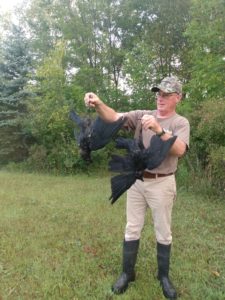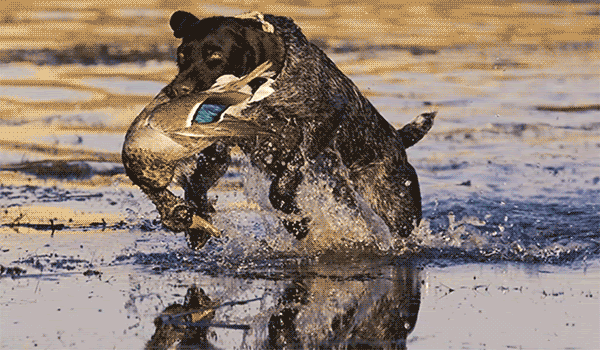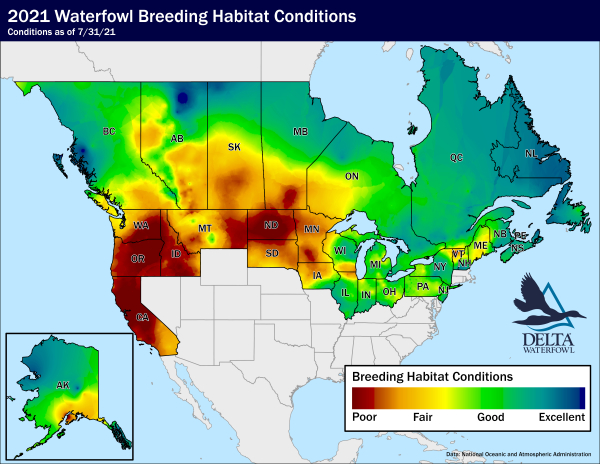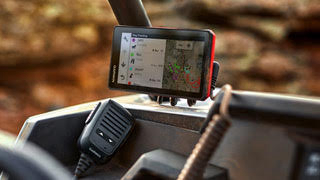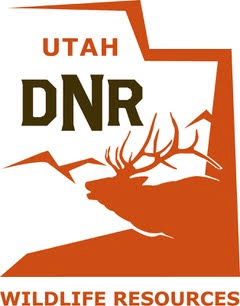Sound Suppressor: Taming Big Bore Blast
By Glen Wunderlich
Charter Member Professional Outdoor Media Association (POMA)
Exactly 10 years ago, then Michigan Attorney General, Bill Schuette, concluded that State law allowed the use of noise suppressors for firearms by private citizens, when authorized by the Federal Bureau of Alcohol, Tobacco, Firearms and Explosives. Said Schuette, “Michigan citizens who comply with federal firearm regulations can use suppressors to protect their hearing and minimize noise disruptions in the surrounding areas.” Following the issuance of his opinion, suppressors became legal for hunting, as well.
A few years ago, as I sat on stand deer hunting with my extra-noisy, ported Ruger American rifle chambered in .450 Bushmaster, I spotted a good buck and squeezed the trigger. As a result, my ears have continued to ring 24 hours a day ever since.
It wasn’t as though I didn’t know better; in fact, I had my hearing protection in place for hours. However, being a wearer of eye glasses, the clamping effect of my ear protection over the frame of the glasses, became a source of irritation. Subsequently I relieved the pressure by removing them thinking I’d snap them in place, if needed. Duh!
The sight of the buck made me forget all about my plan to protect my hearing and I’ve paid the price ever since and probably will for the remainder of my life. My solution was to someday purchase a sound suppressor for that behemoth of a game-getter. Finally, that day has come – at least the purchasing part.
I checked a familiar online retail outlet, Silencerco, for suppressor models that would fit the bill, but couldn’t formulate an opinion as to the best choice for my needs. Off I went to Williams Gun Sight Company in Davison – a distributor of Silencerco suppressors – for personal assistance.
After waiting in line for a half hour (yes, it was that busy), an experienced employee showed me a Hybrid 46 suppressor that he bought, because it could be used in conjunction with myriad calibers. I didn’t even know that using the same suppressor on different firearms was legal; all it takes is switching the end cap to match the caliber. I was in!
To purchase a silencer the following qualifications apply:
- Reside in one of the 42 states that currently allow civilian ownership
- Be a resident of the United States
- Be legally eligible to purchase a firearm
- Pass a BATFE background check
- Be at least 21 years of age to purchase from a dealer
- Be at least 18 years of age to purchase from another citizen
Stepping to the Silencerco kiosk in the store, the process began with answering questions that coincide with the same questions when purchasing a firearm. Fingerprints were taken on the screen of the kiosk and within the hour, the process was complete.
The next step was to pay for the suppressor and the particular end cap needed for the Ruger rifle. Following that, the suppressor was put back into the box, where it would be stored by Williams Gun Sight for the next six to nine months, as the U.S. government does whatever it does with my application. Oh, yes, the cost? Let’s just say it was three times the cost of the firearm, including the $200 federal tax extracted from me.
It may be a heavy price to pay but so is hearing loss.


